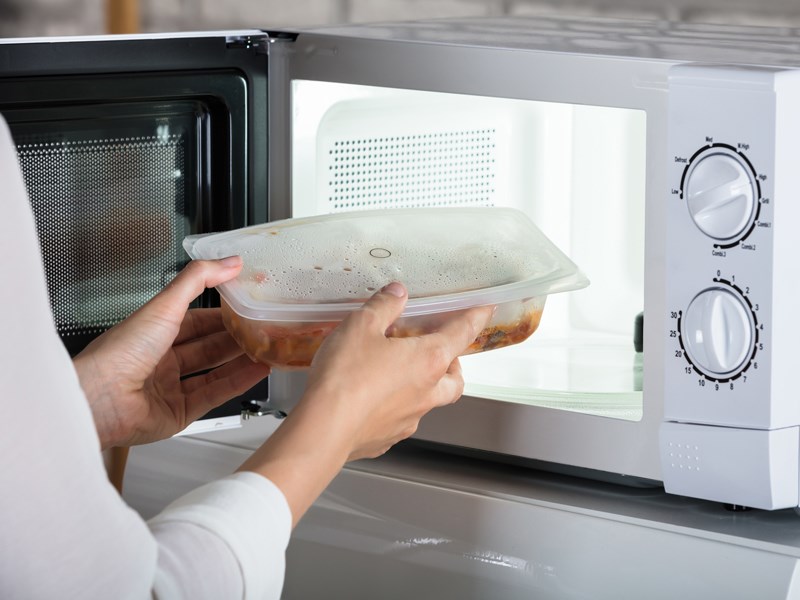We live in an age of diverse choices. When it comes to our diets, we’re able to customize our coffees, cater to food sensitivities, and get seriously informed about where everything on the menu came from.
Consumers are getting savvy to reading food labels and are asking farmers and grocery store owners tough questions about chemical additives, potential allergens and much more. What may still be getting missed, though, is exercising the same kind of vigilance about the packaging our food comes in. This, too, could be having an effect on our wellness, and is certainly going to affect humanity’s health in the long run.
Plastic is getting a lot of attention these days, but more because we are seeing it littering our beaches, affecting marine life and overfilling our recycling bins. Beyond these very real concerns are the chemical additives in our plastic food packaging and their potential effects on human health.
To make plastic flexible and moldable, chemical plasticisers are added; the most popular is BPA (Bisphenol A), along with the lesser known ESBO (soy-based), and DEHA (a phthalate). These are all either known or speculated to contain hormone disruptors because they mimic human hormones, notably estrogen. The effects of hormone disruption can include diabetes, infertility, asthma, heart disease, obesity and poor infant brain development.
With this list it’s not surprising that some of these chemicals are now being limited; it’s illegal to sell baby bottles with BPA in some countries, including Canada, for one. That said, BPA is still found in food storage containers, bottles and the epoxy resin used to line some food cans.
BPA has now been replaced with another plasticizer (DEHF) for use in water bottles, and the debate has now opened up as to whether this is truly safer.
If this brief look into plastic additives has your attention, take heart that you can limit your exposure by observing a few rules:
1. Avoid plastics labelled 3 (PVC) or 7 (a catch-all for many types of plastic), as these are more apt to contain the chemical additives than other resin types.
2. Avoid meat, fruit and veggies packaged in cling wrap, as this can be made of type 3 plastic. Or, ask your grocer or butcher to be sure it’s not.
3. Cut down on canned food, to limit exposure to their plastic liners.
4. Avoid high heat (dishwasher, microwave, boiling water) on any plastic food container. Hormone disruptors are known to leach faster when exposed to heat.
5. Use glass to-go containers for your food, especially when it’s warm, fatty or acidic, all of which help leach plasticisers.
Let’s Talk Trash is qathet Regional District’s waste-reduction education program.



